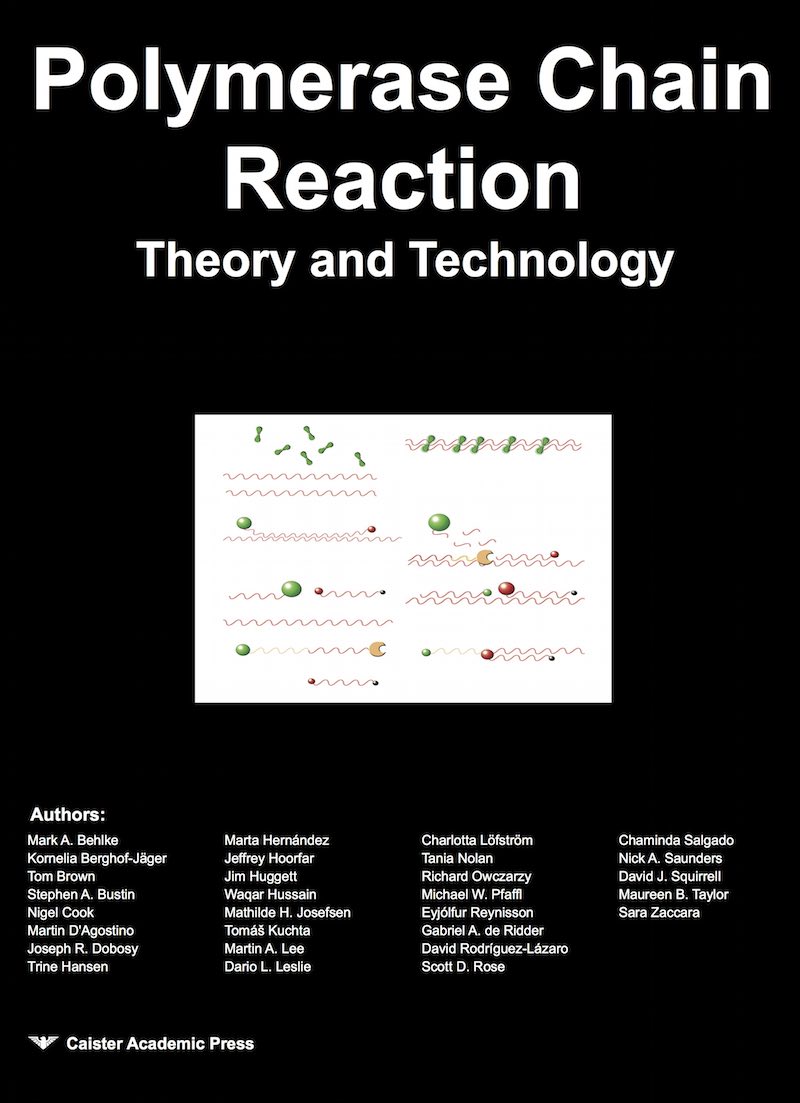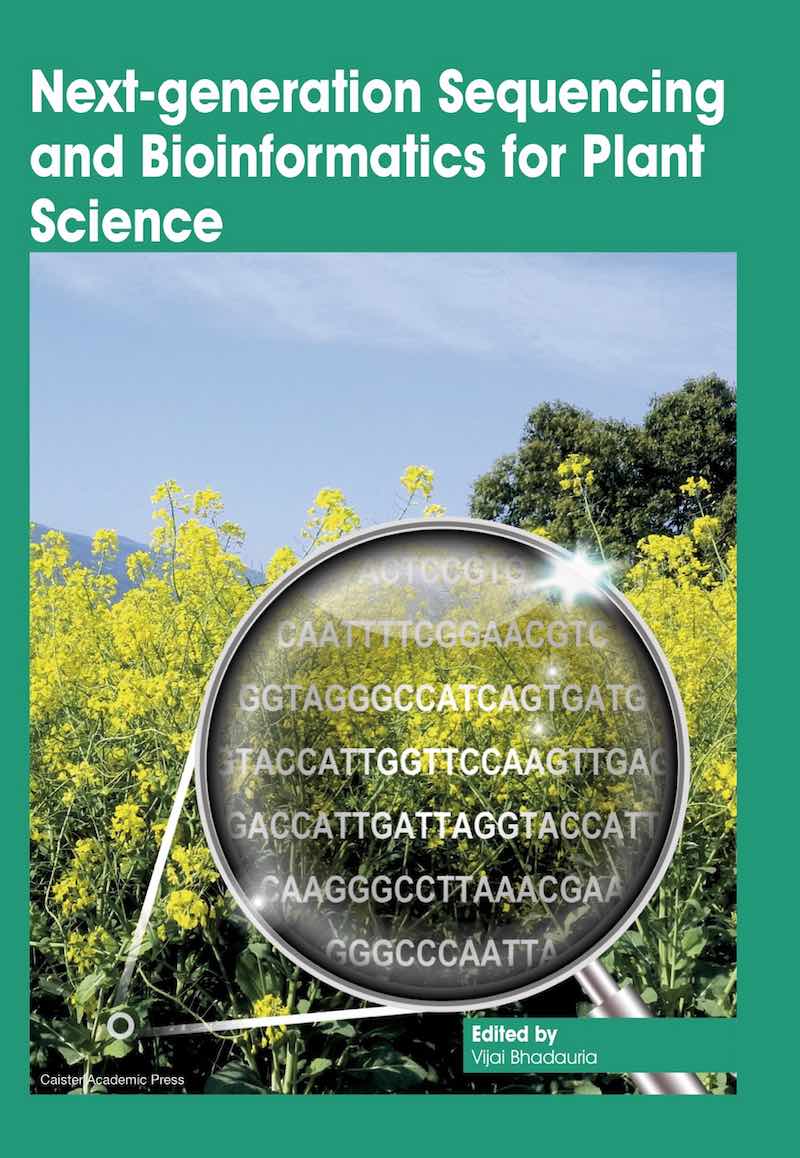Diagnostic Real-time PCR Parameters
Linearity can be defined as the ability of the method, when used with a given matrix, to give results that are in proportion to the amount of analyte present in the sample; that is, an increase in analyte corresponds to a proportional increase in the result. In the same manner, linearity has been defined as the proportionality of the signal to the amount of reference material, demonstrated by the calculation of a regression line with an adequate statistical method. The European Commission, in the particular case of genetically modified organisms (GMO), has established that the linearity within the range of applicability of the method should be not less than 98 %.
The accuracy describes the veracity of the test results, and can be defined as closeness of agreement between a test result and the accepted reference value. The precision describes the reproducibility of the test results, and can be defined as the closeness of agreement between independent test results obtained under stipulated conditions of repeatability and reproducibility.
Sensitivity is the ability of the alternative method to distinguish two different amounts of analyte (as measured by the reference method) within a given matrix, at a specified average value, or over the whole measurement range; that is, the minimal quantity variation which gives a significant variation of the measurement signal. The sensitivity differs from detection limit because it is calculated for each value of the measurement range. From a qualitative approach (i.e. for qualitative methods), the sensitivity can also be defined as the ability of the alternative method to detect the analyte when it is detected by the reference method. The limit of detection is the smallest critical level detected with a probability (1- Β), which has to be well over 50 %, for example 95 %) or 99 %. The limit of detection has been also described as the smallest amount or concentration of analyte in the test that can be distinguished from zero; the smallest number of culturable target microorganisms necessary to create a positive test response, or the minimum level at which the analyte can reliably be detected with a probability of 95 %. The limit of quantification is the smallest amount of analyte which can be measured and quantified with defined precision and accuracy by the method under validation. The Association of Analytical Communities (AOAC) defines the quantification limit for quantitative methods as: LOQ = 10 SD0.
The specificity is the degree to which a method is affected by the other components present in a multi-component sample. In other words, the ability of a method to measure a given analyte within the sample without interference from non-target components or background noise. For food microbiology diagnostics another three related concepts have been defined: selectivity, inclusivity and exclusivity. Selectivity is defined as a measure of the degree of non-interference in the presence of non-target analytes. A method is selective if it can be used to detect the analyte and that a guarantee can be provided that the detected signal can only be a product by the specific analyte. Inclusivity is defined as the ability of an alternative method to detect the target analyte from a wide range of strains, and exclusivity as the lack of interference from a relevant range of non-target strains of the alternative method.
Rodríguez-Lázaro, D. and Hernández, M. (2013). Introduction to the Real-time PCR In Real-Time PCR in Food Science: Current Technology and Applications. D. Rodriguez-Lazaro, ed. (Norfolk, UK: Caister Academic Press). ISBN: 978-1-908230-15-7.
Further reading
- Real-Time PCR: Advanced Technologies and Applications
- Real-Time PCR in Food Science: Current Technology and Applications
- Quantitative Real-time PCR in Applied Microbiology



